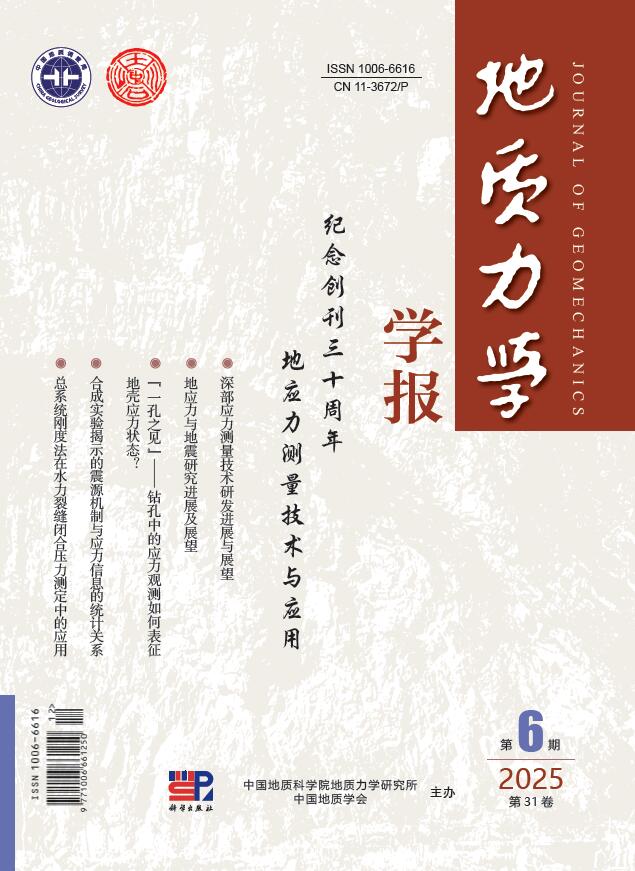MIS6 to MIS5 is a typical transition period from glacial to interglacial periods. The climate elements of MIS5 are similar to that of the current warm period, and studying its evolution process can better understand the climate change process of the current warm period and the future climate change trend. Based on modern spore–pollen and meteorological data, as well as stratigraphic spore–pollen and particle size indicators from the Yinchuan Basin in the monsoon margin area, the locally weighted average partial least squares method (LWWA-PLS) reconstruction results are considered to be the most robust after the selection of the training set, screening of the master climate parameters, cross-validation of the five reconstruction models, regional comparison, significance testing, and ecological interpretation. The climatic evolution from MIS6 to MIS5 can be divided into six stages. 157 to 131 ka, the climate was cold and humid, where wet and cold-loving arborvitae vegetation developed, with the average annual precipitation (Pann) being 424.99 mm and the average temperature in July (TJuly) 22.58 ℃. 131 to 119 ka, the climate turned wet and warm, and warm-loving trees and herbs developed; the Pann was 410.95 mm, and the TJuly was 23.62 ℃. 119 to 111 ka, the Pann was 369.50 mm, and the TJuly was 22.53 ℃; cold-loving herbs and trees developed in a cold and dry climate. 111 to 98 ka, the Pann is 378.39 mm, and the TJuly is 22.86 ℃; warm-loving trees account for a higher proportion in the early stage, and the number of cold-loving trees increased in the late stage; the climate was overall dry and warm, and the temperature increased first and then decreased. 98 to 85 ka, the Pann was 278.24, and the TJuly was 22.01 ℃; the overall climate was the driest and coldest, and cold-loving trees developed well. 85 to 78 ka, the Pann was 364.21 mm, and TJuly was 23.45 ℃; the climate turned warm and humid, and trees and herbs developed in this period. The reconstructed climate parameters' ensemble empirical mode decomposition (EEMD) results respond well to the 23 ka precessional cycle. Comparison with the mid- and high-latitude geologic record of the Northern Hemisphere suggests that solar radiation-influenced climatic variability in the North Atlantic primarily drives changes in the East Asian monsoon through the westerly wind circulation as well as the oceanic transport zone, which in turn influences climatic change in the Yinchuan Basin.



